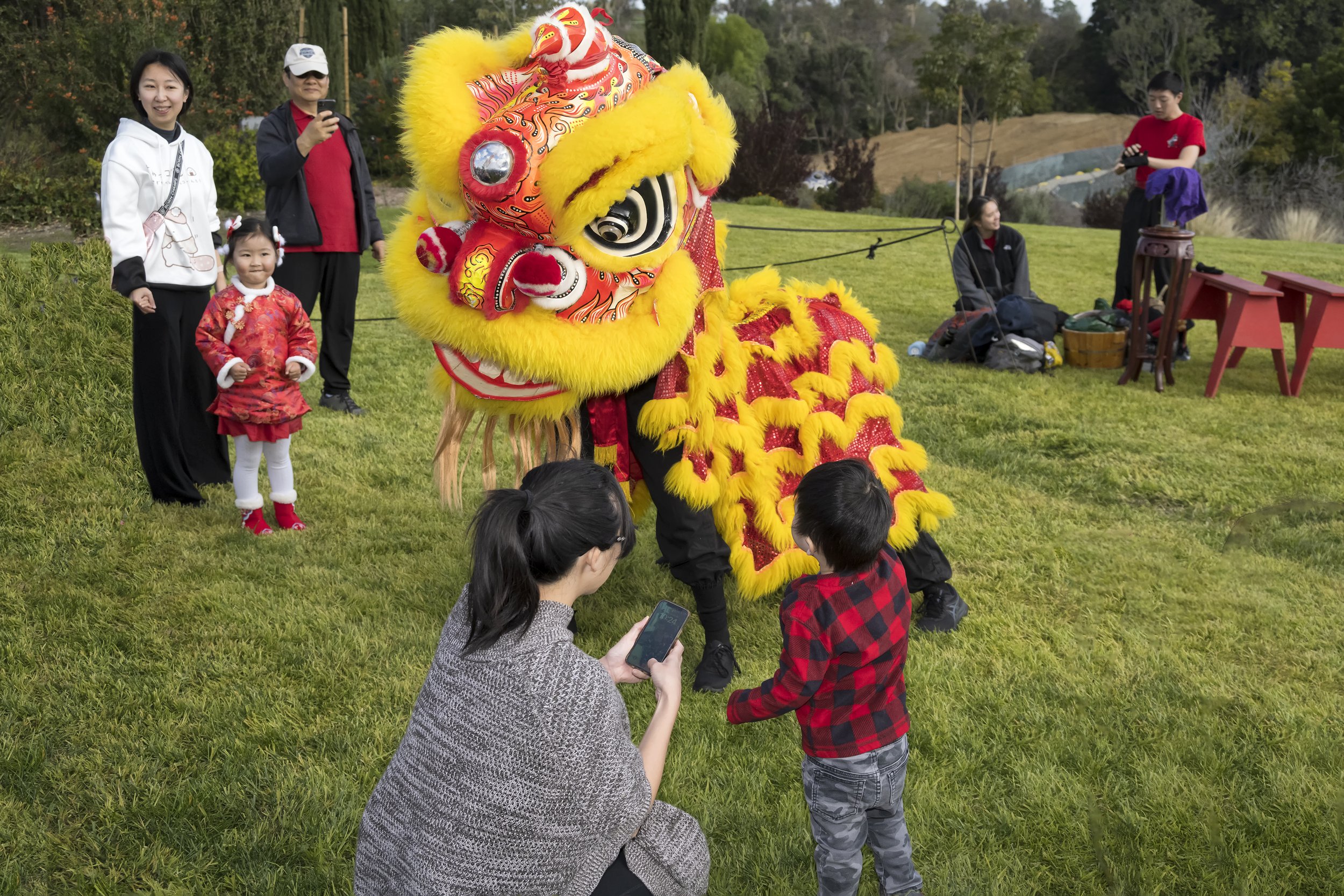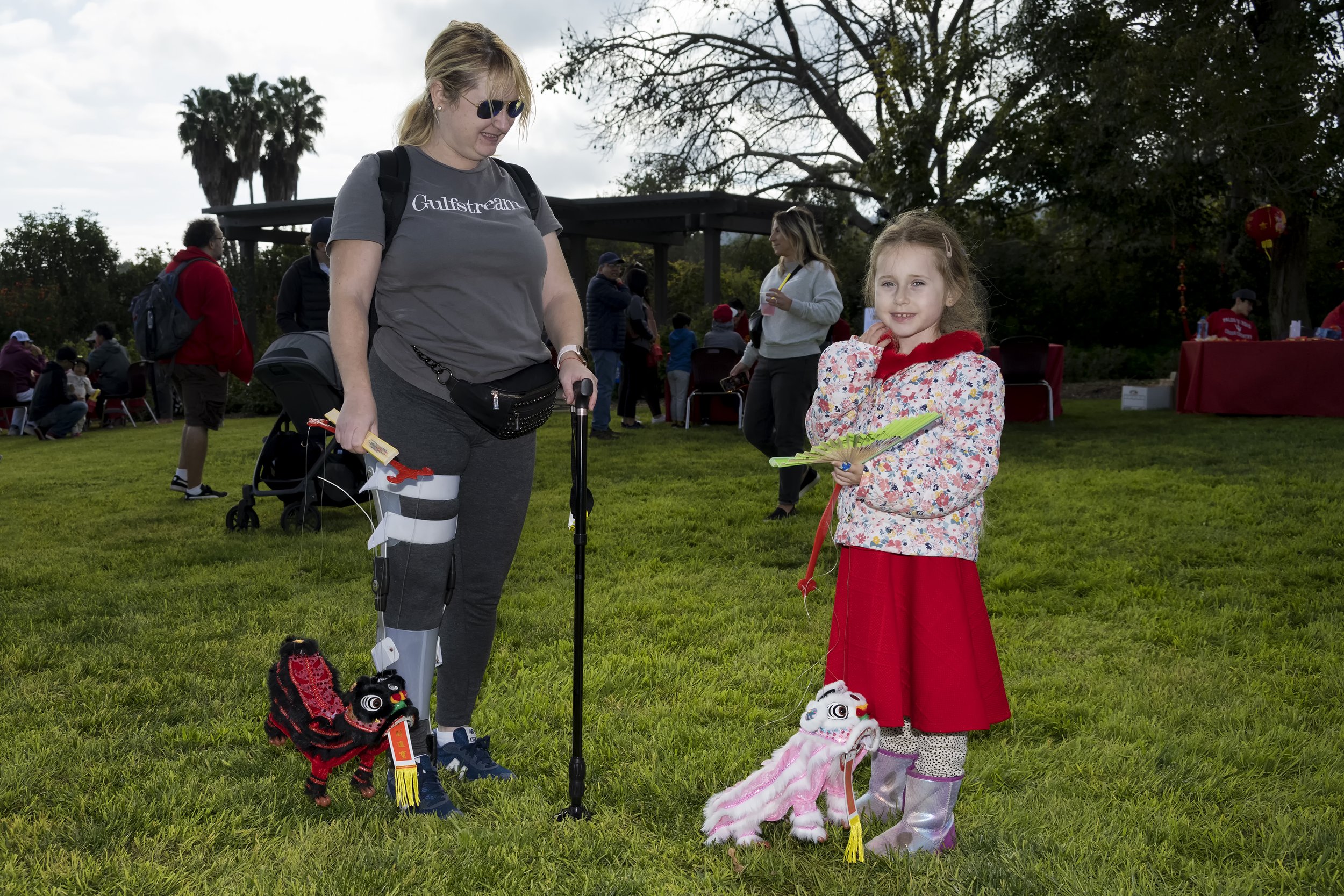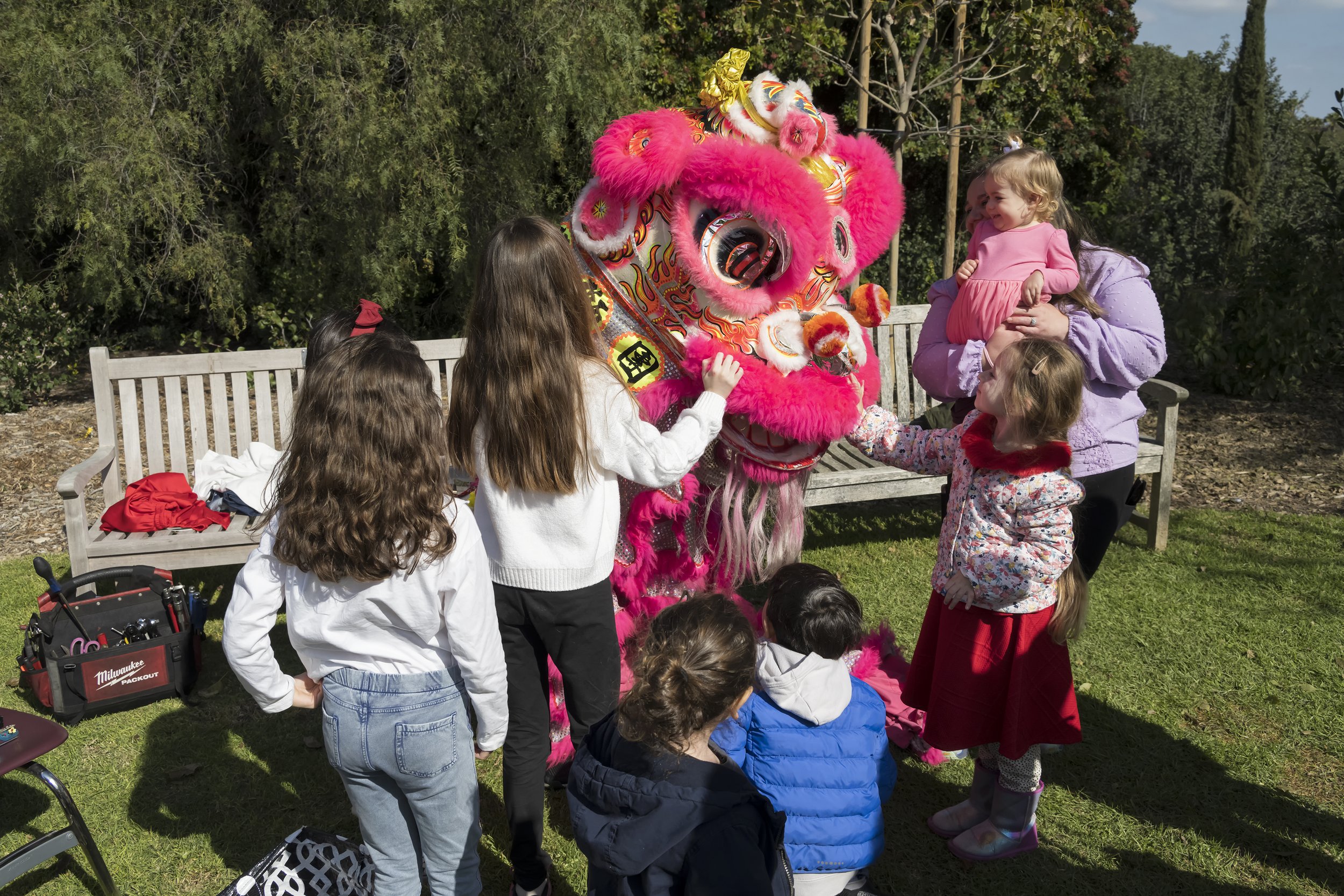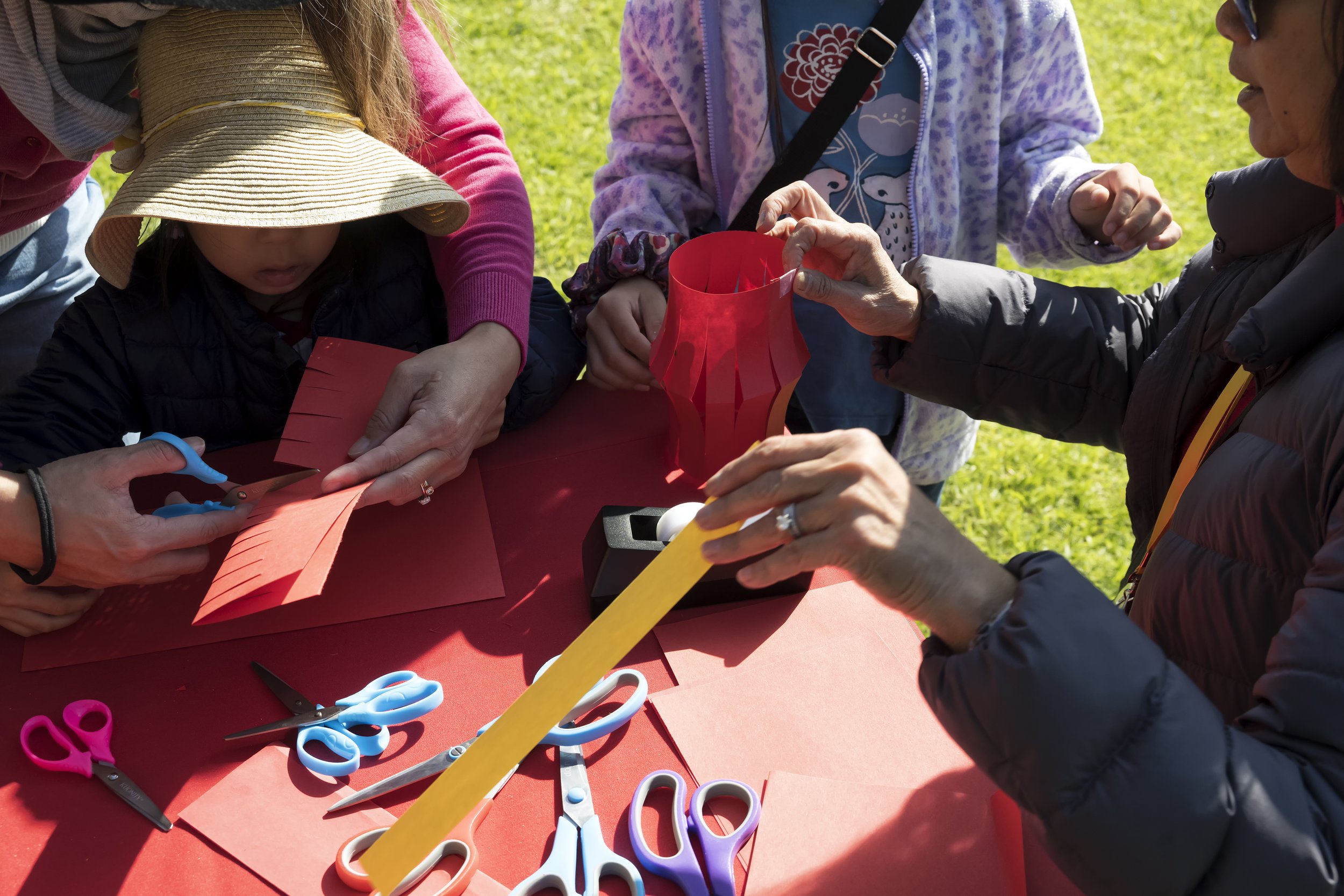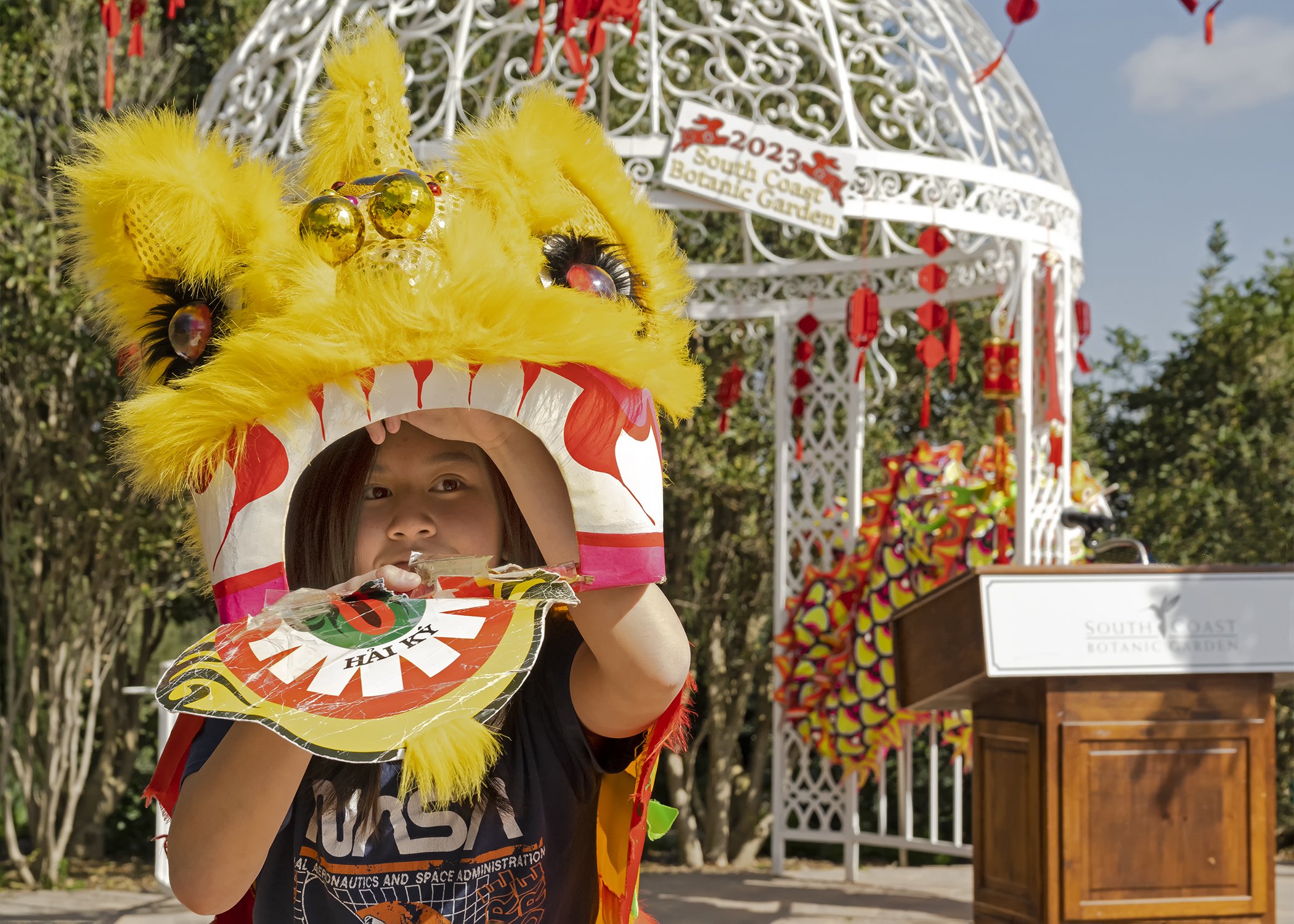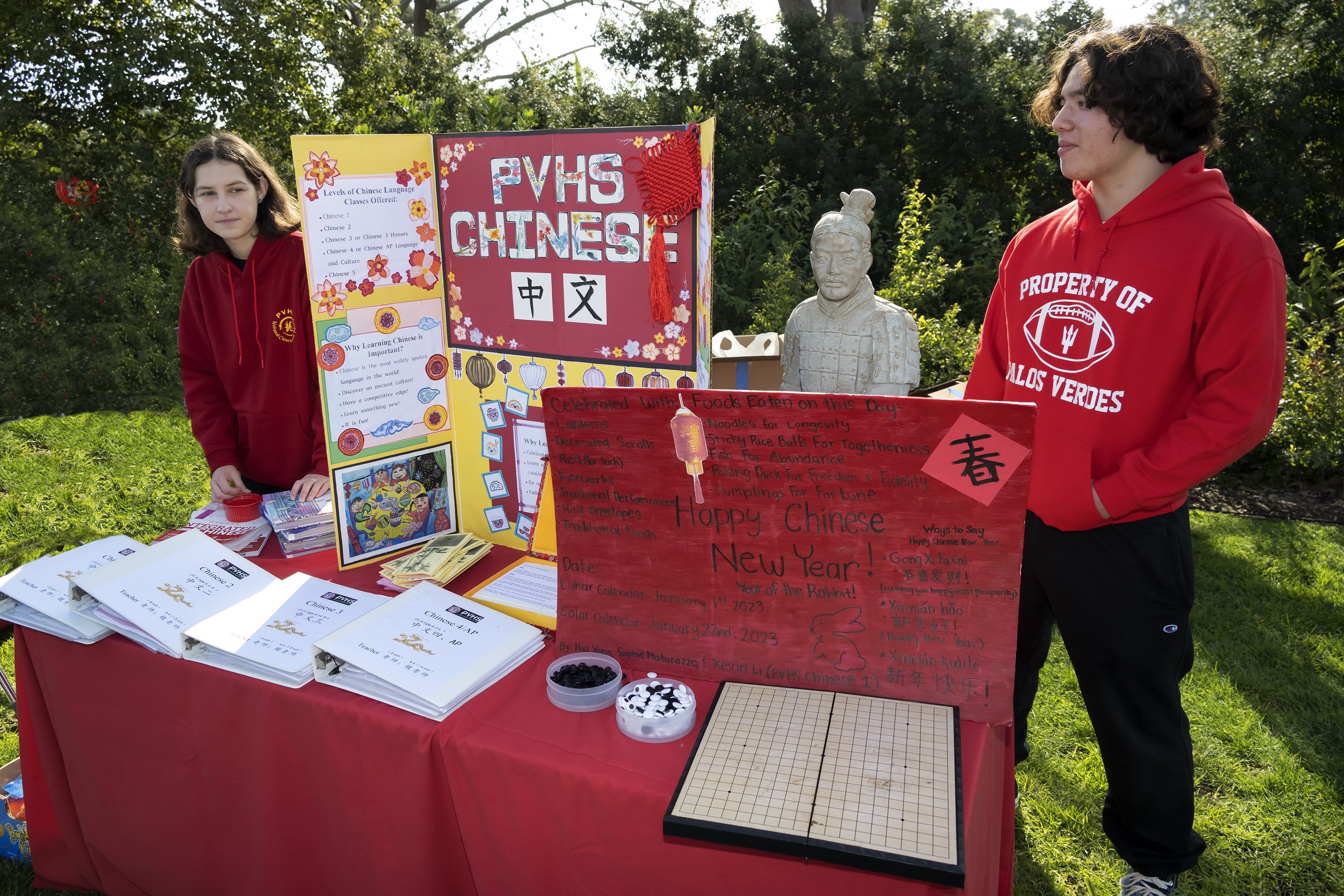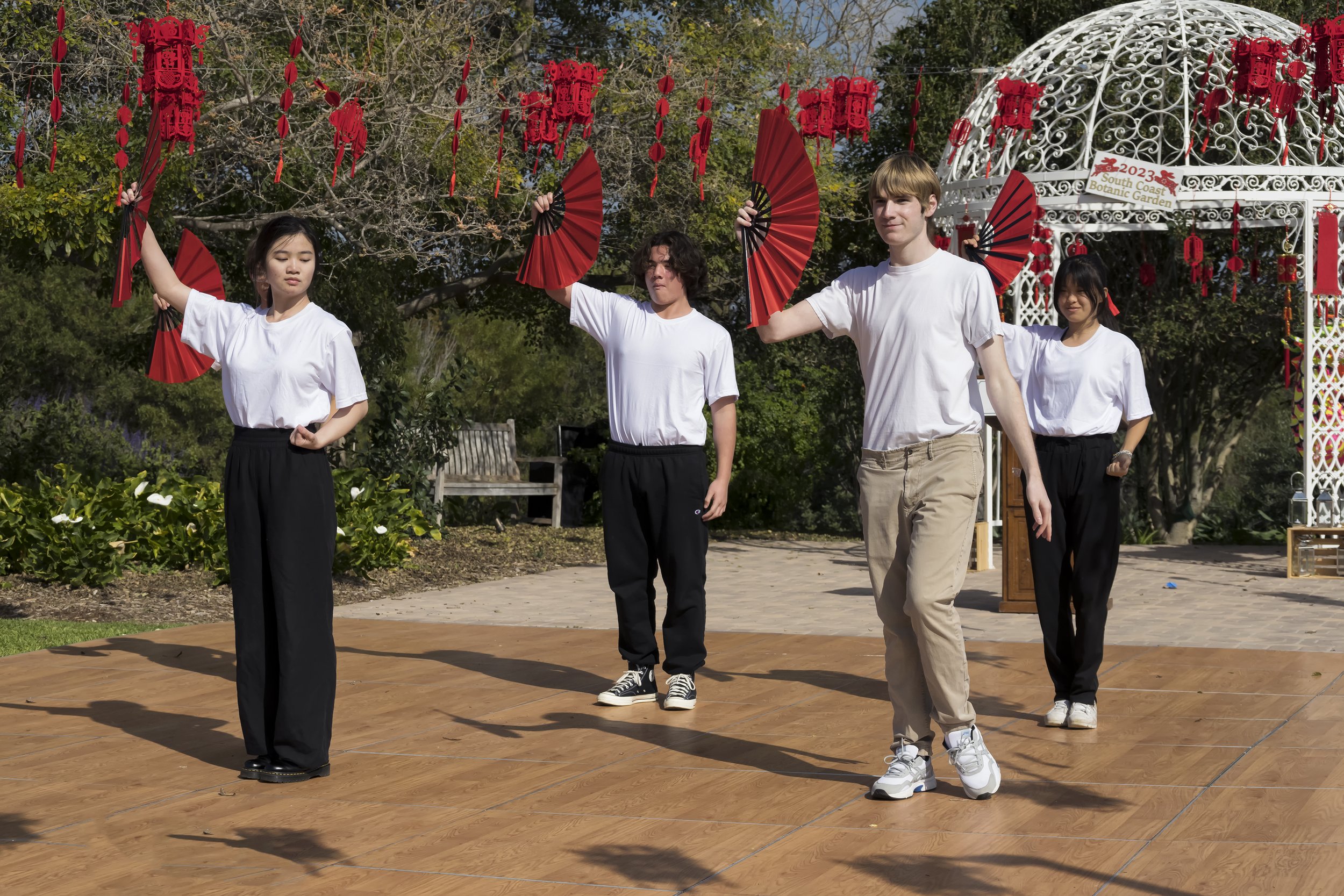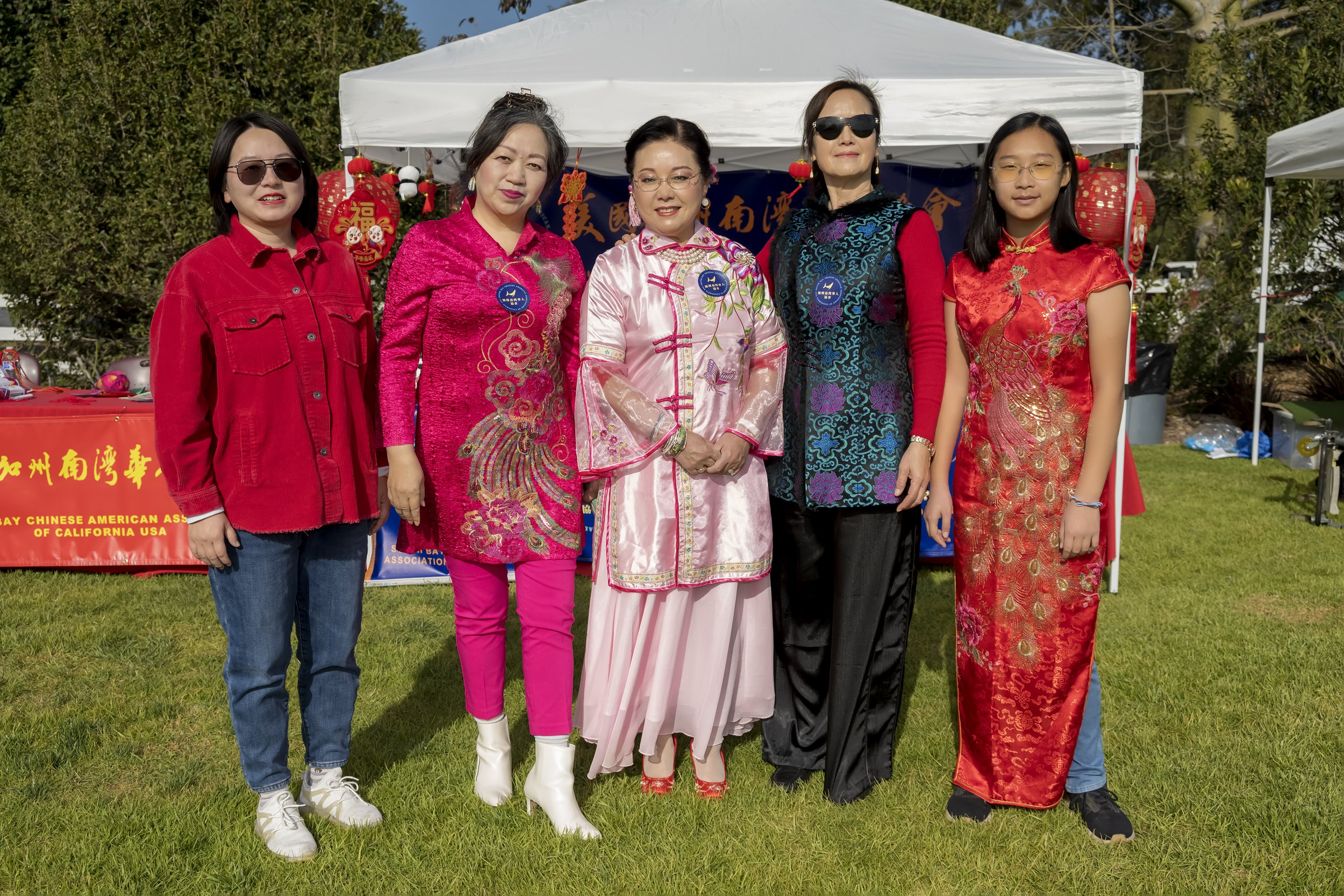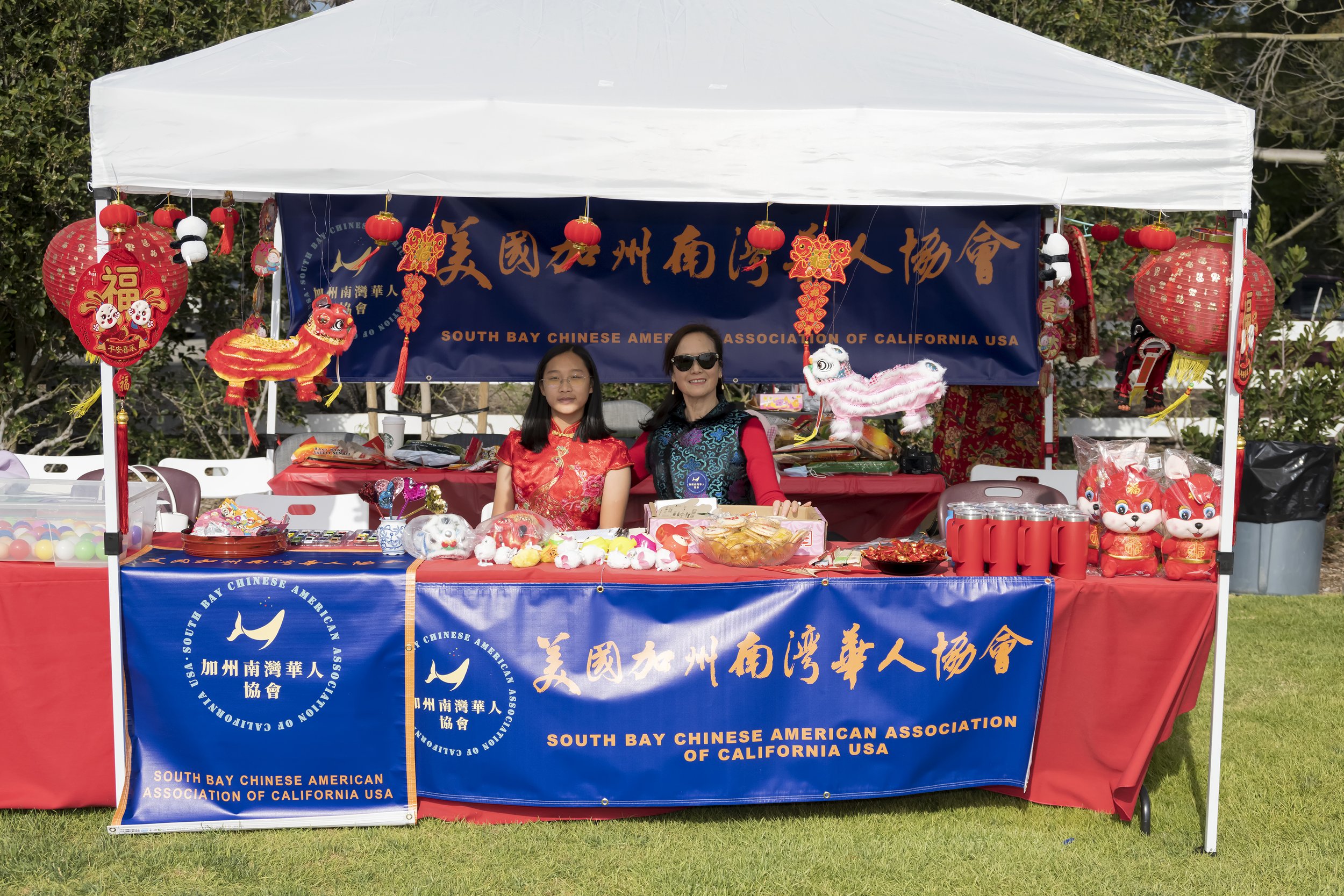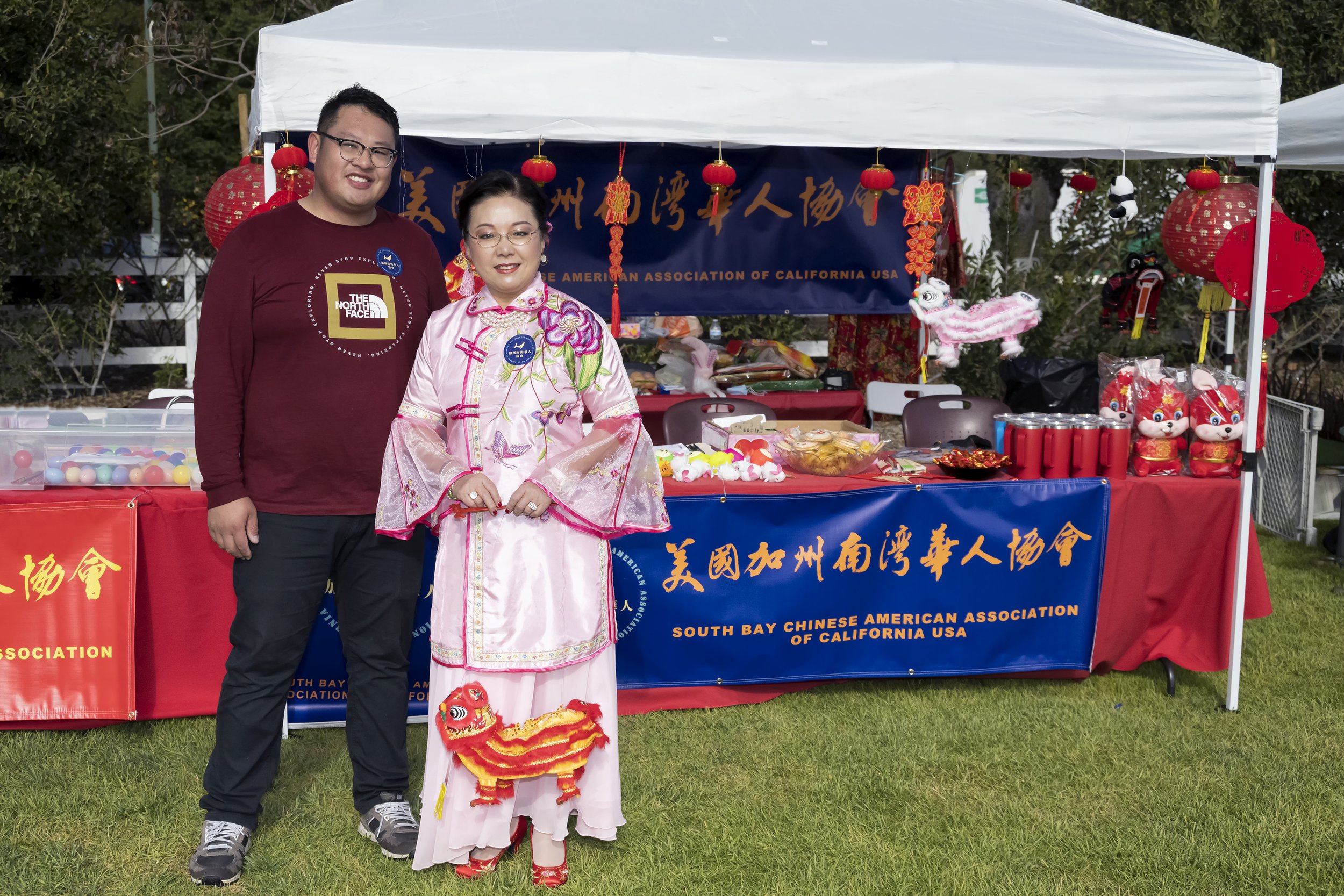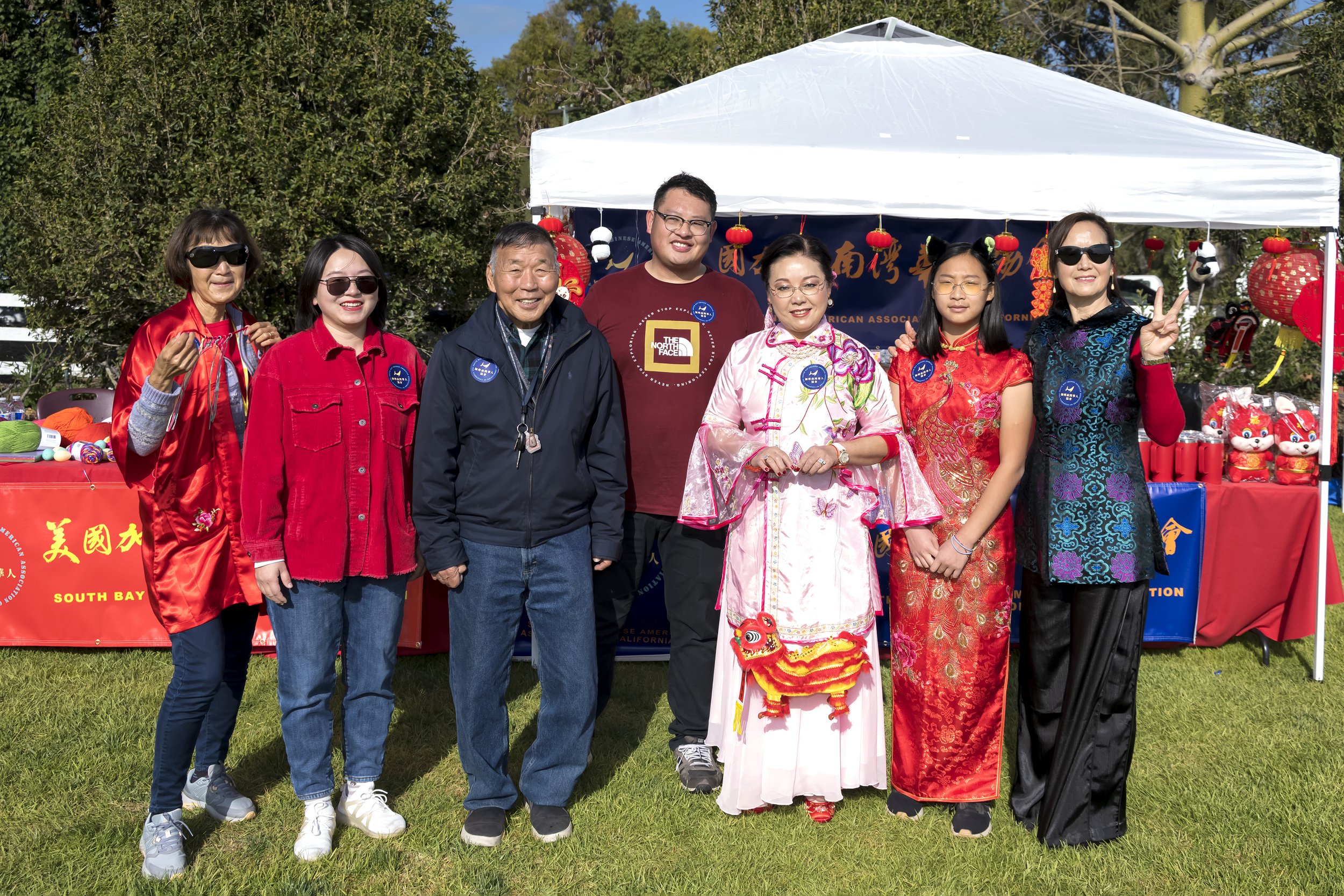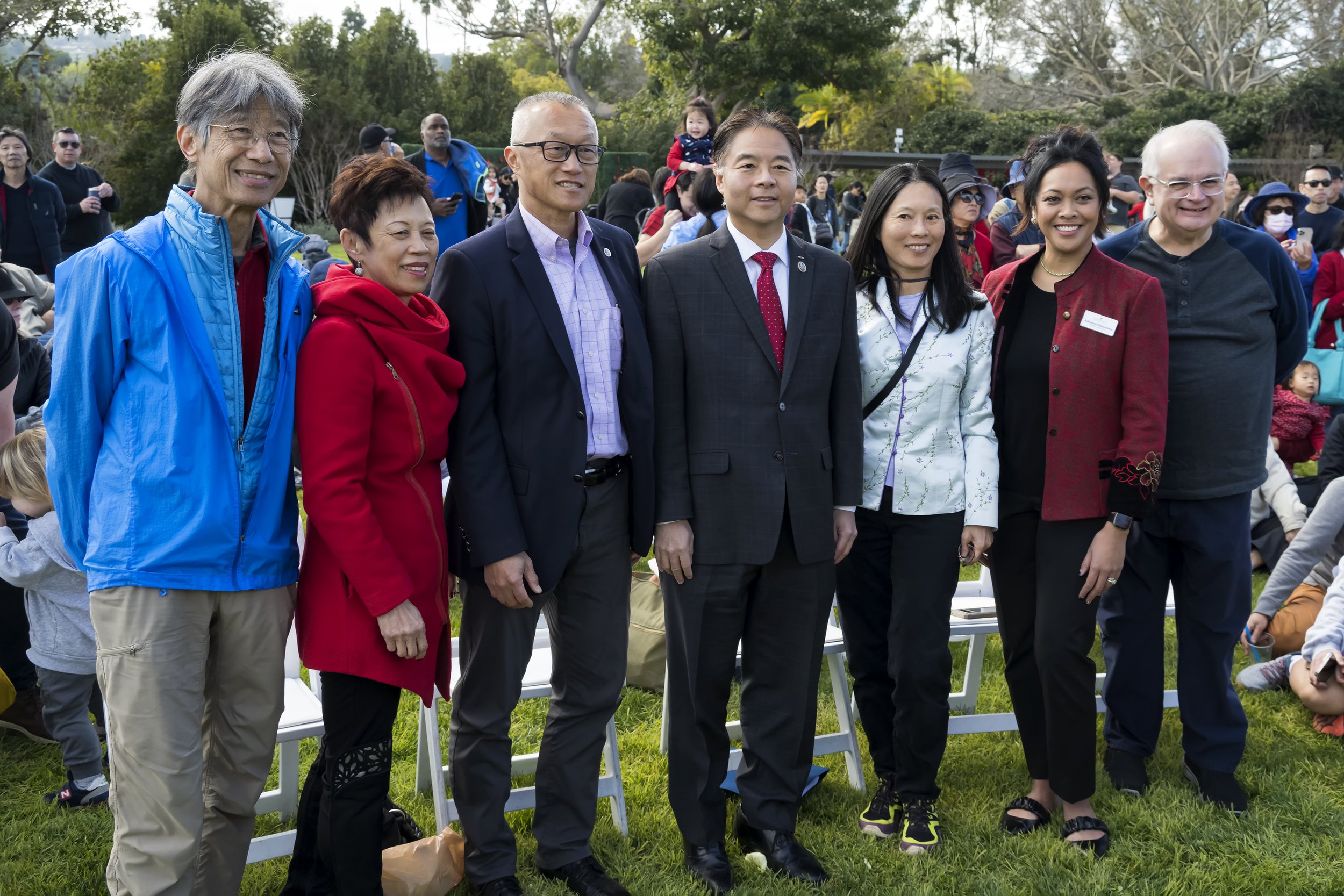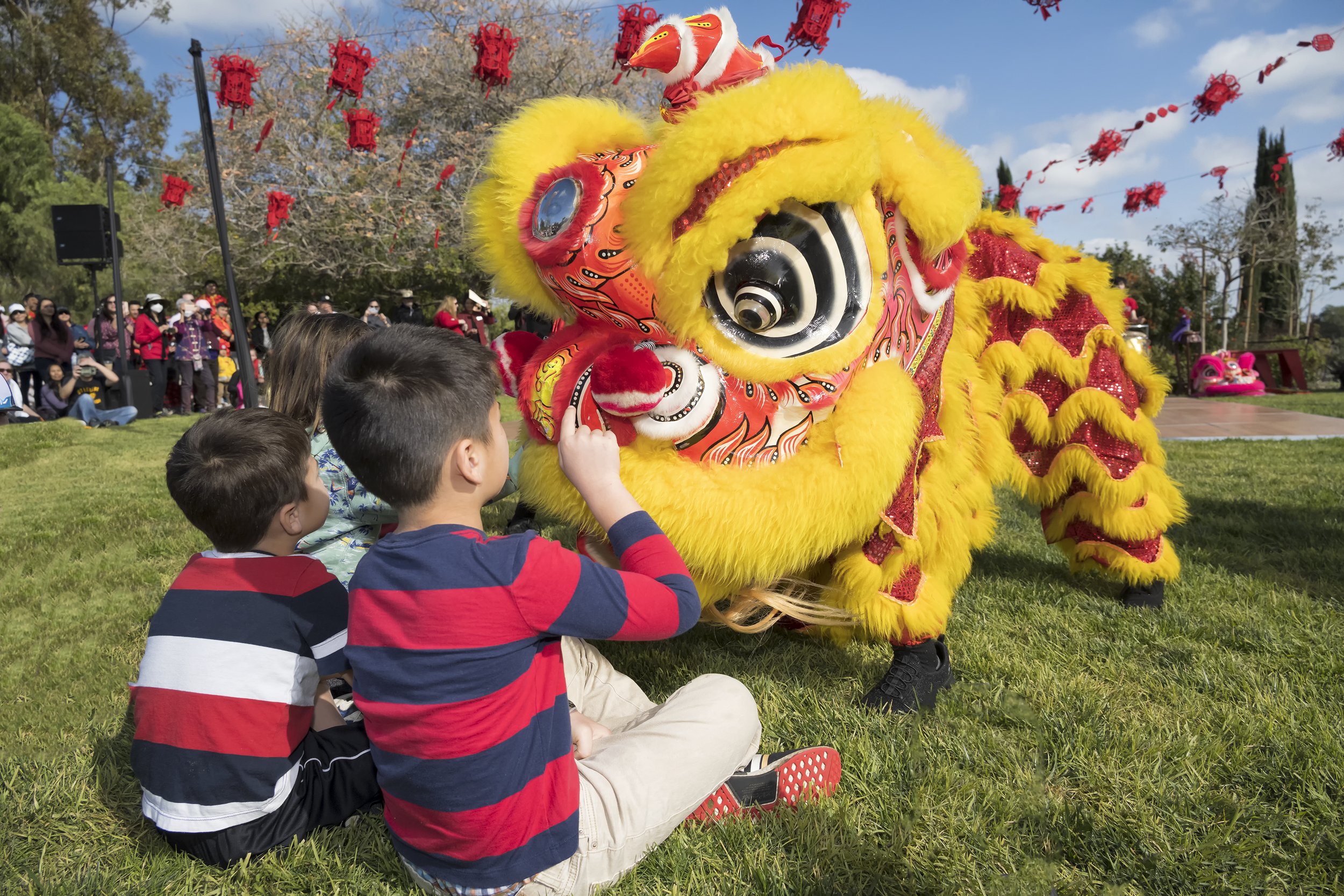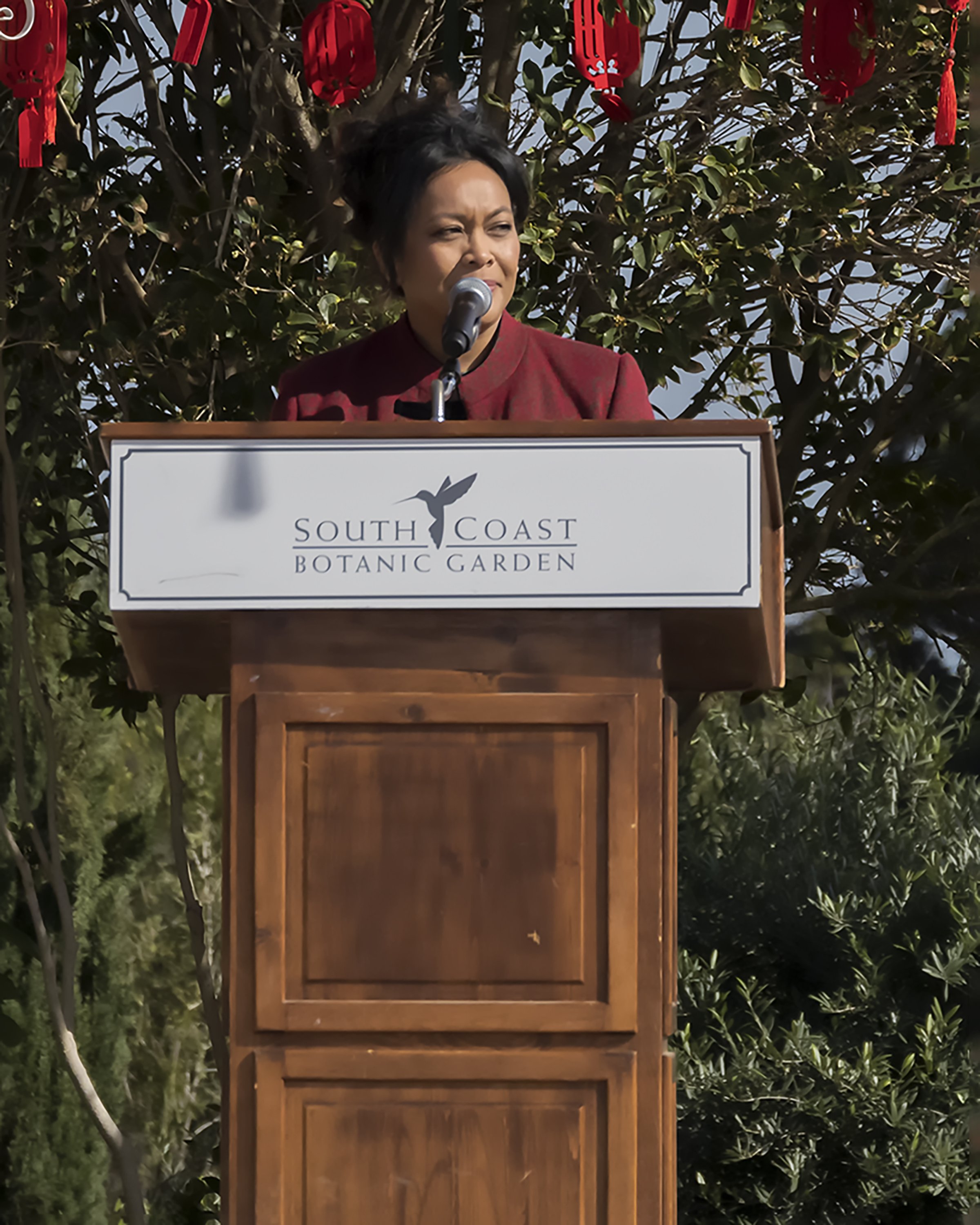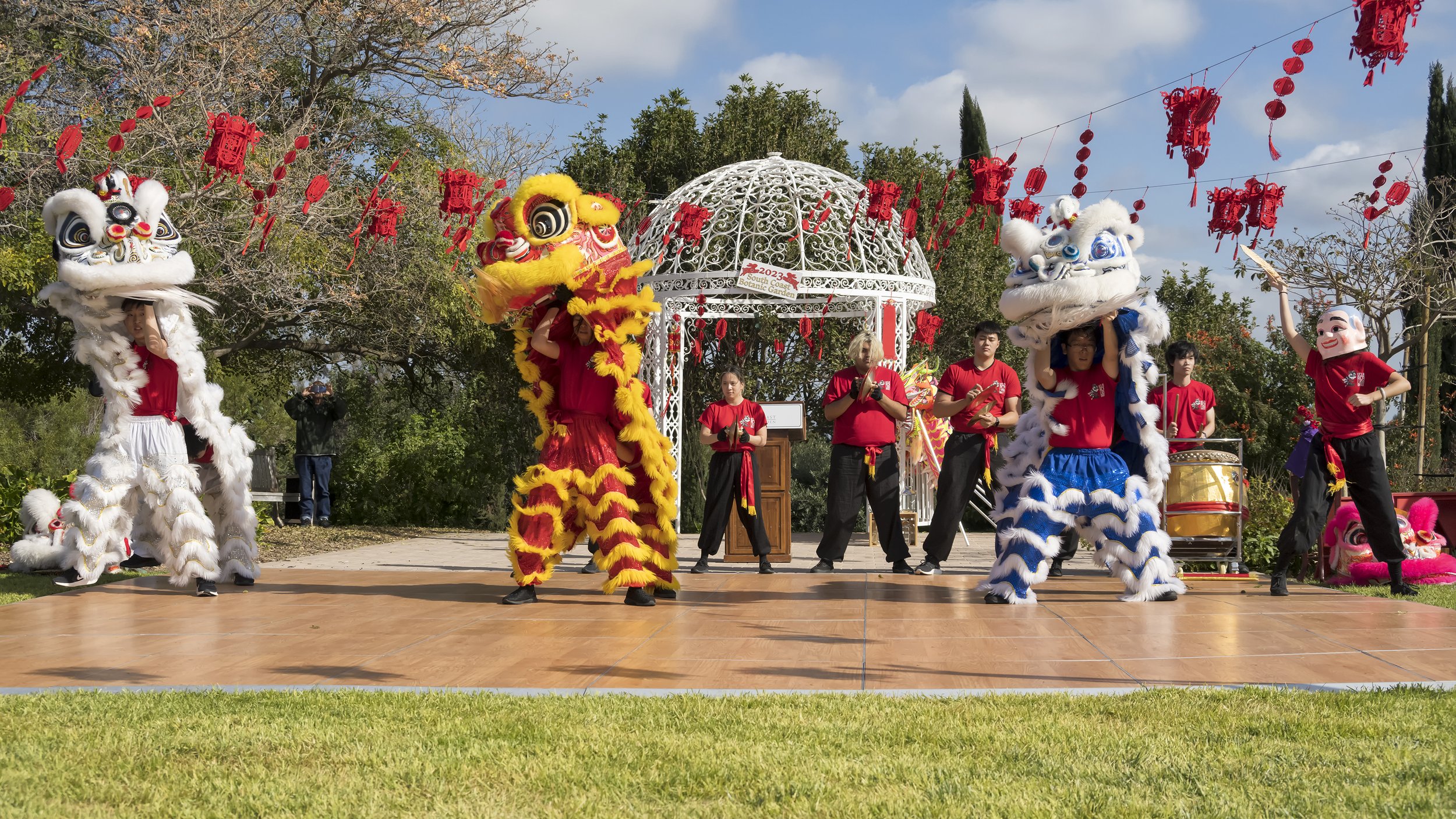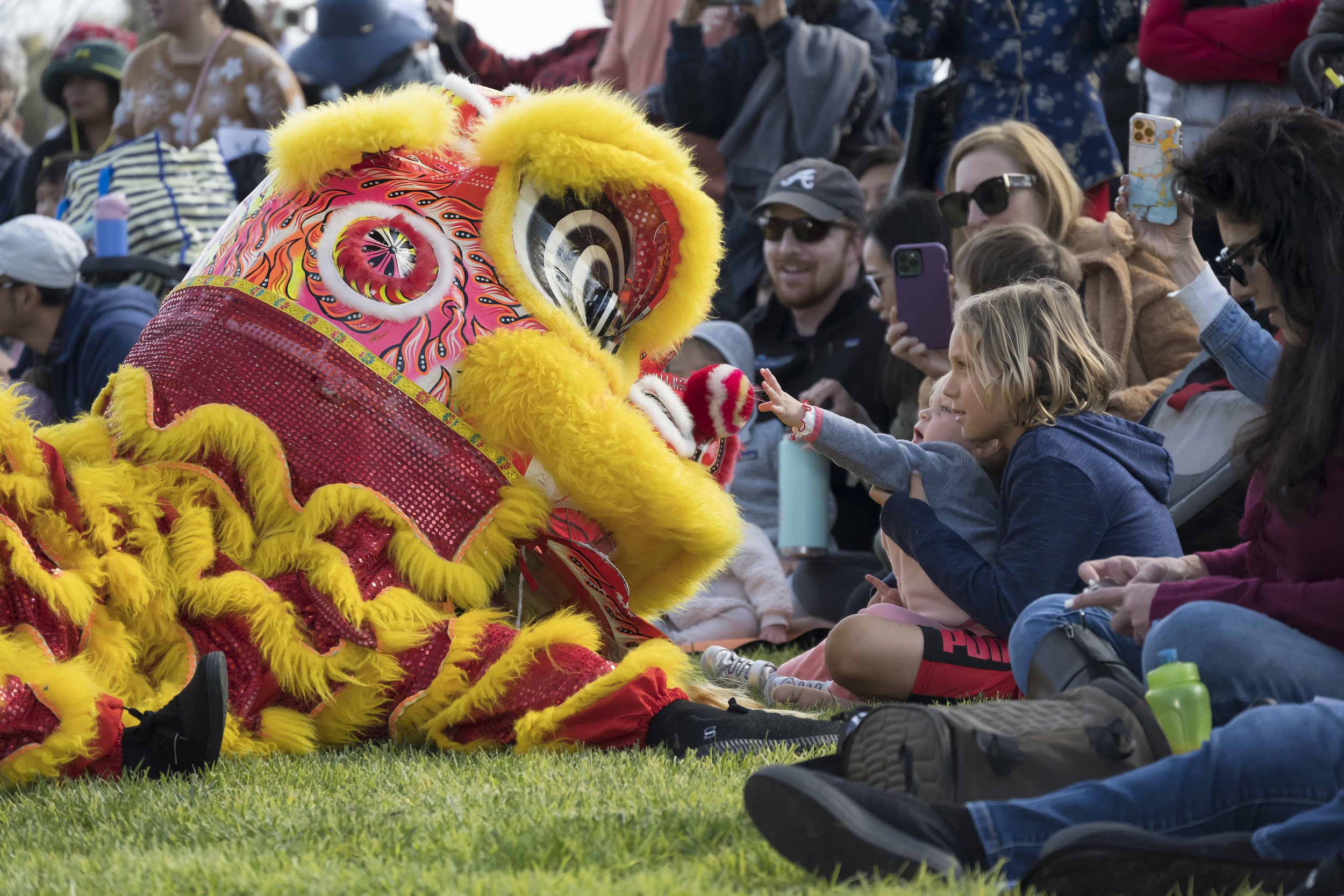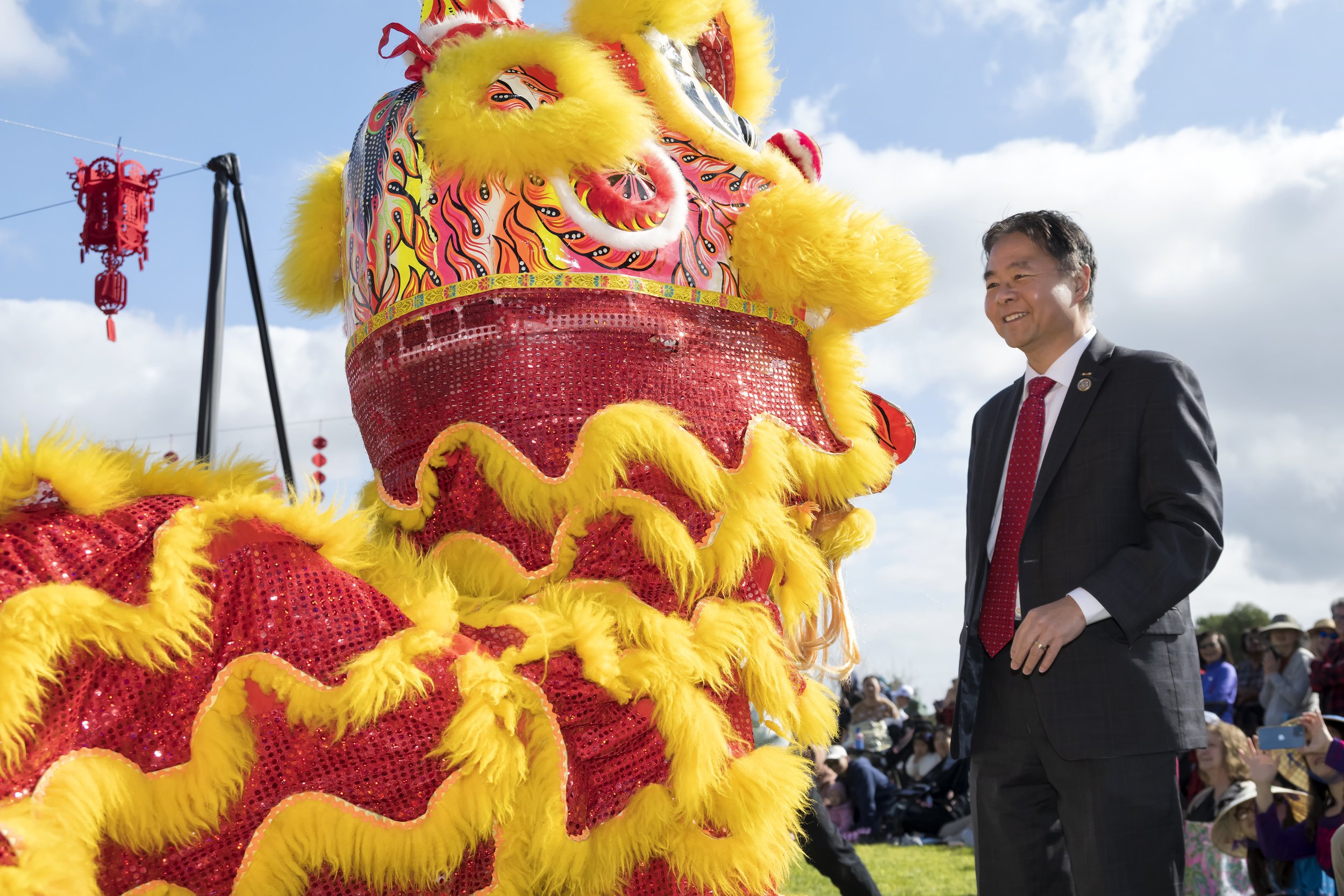Taking a Leap into the Year of the Rabbit South Coast Botanic Garden Hosts Its Inaugural Lunar New Year Celebration By Photographer and Contributor Steve Tabor
In recognition of the South Bay’s large Asian American population, the South Coast Botanic Garden (Garden) hosted its Inaugural Lunar New Year Celebration by welcoming visitors young and old and all those in between to a cultural experience that incorporates traditions of a Lunar New Year celebration with the Garden’s special touch.
The Garden’s Chief Executive Officer (CEO), Adrienne Lao Nakashima (Nakashima), states that the event embraces the Garden’s mission to serve all and welcome members of our close and extended community. She indicates the event was inspired by the Garden’s planning committee, which included Danielle Lacharite Brown, Tom Chan, Christina Cruz, Marilyn Long, Deborah Meng, Kimberly Sklow, and Nancy Wei. According to Nakashima, the Committee recognized that the South Bay does not have a significant Chinese New Year’s celebration and they felt the Garden would be a fitting venue to host such an event.
Nakashima is quick to recognize the contributions of Marilyn Long who was instrumental in the planning and execution of the event. With the efforts of Long and the other Planning Committee members, they were able secure the talents of local groups such as the Palos Verdes High School (PVHS) Chinese Club, the UCLA affiliated with the Association of Chinese American Lion Dance, dancer Jasmine Gem, and Washu Shaolin Entertainment dragon dance and kung fu demonstration.
In addition to the entertainment, the event featured exhibits and activities. The PVHS Chinese Club, provided opportunities for visitors to try their hand with chopstick games using Goldfish crackers and marbles and provided opportunities to practice their calligraphy skills by copying Chinese language characters. Other guests learned how to play Mahjong and Wei Qi (Go). Also, calligraphy artists, created new year wishes and translated visitors’ names into Chinese characters. Also, the newly formed South Bay Chinese American Association of California, USA provided Chinese cultural information.
Congressman Ted Lieu and City of Torrance Mayor, George Chen, joined the celebration. Representative Lieu and Mayor Chen spoke about the significance of the South Bay celebration, recognized the growing Asian population, and took a moment to recognize the lives lost and those injured in mass shooting events in Monterey Park, Northern California and the City of Des Moines, Iowa. Representative Lieupointed out that Congress recently passed the COVID-19 Hate Crimes Act in response to the violent attacks the Asian community has endured since the COVID-19 outbreak.
Nakashima took time during her opening remarks to welcome the large number of visitors attending the event. She indicated that not only was this a day of celebration with the promise of a new year, but it was a time to remember the victims of the mass shooting in Monterey Park. As a special remembrance, eleven gold lanterns were placed in the gazebo, one for each of the victims who lost their lives in the Monterey Park incident.
Reflecting on the two-day celebration, Nakashima indicates that the response was overwhelming. Despite recent incidents of violence related to other celebrations, each day of the celebration was sold out. Nakashima states, “Asian Americans need something uplifting at this time and the positivity of the event is most welcome at this very challenging time!”
Nakashima was very pleased to see the vast span in the ages and ethnic groups who attended the celebration. The celebration hosted a variety of multi-generational families. As she gazed across the audience, she was impressed to see the smiles on every face and the joy of the moment. As she spoke to visitors she soon realized, “How necessary the event was! It was a fresh start, and each participant had the desire for something better.”
Part of the celebration included a traditional “Wishing Wall”. Visitors were encouraged to write their New Year’s wishes on a construction paper rabbit cutout and secure their wish on the wall. Nakashima indicates that at the conclusion of the event, the wishes will be removed from the wall and stored until the next planting season. As Garden personnel conduct their next planting period, they will include the wish in the soil beneath the new plants with the confidence that the wishes and the plants will grow and flourish.
More about the Chinese New Year
During the Chinese New Year festivities multiple family generations gather together and celebrate their ancestors and ancient spirits. Traditions include a thorough house cleaning to sweep away any ill fortune, in order to make way for good luck to enter the home. Windows and doors are decorated with red paper cutouts and scrolls hanging along outside doorways and interior walls including themes of good fortune, happiness, wealth, and longevity.
Chinese New Year is celebrated across Asia including East Asia, Central Asia and Southeast Asia. The New Year takes place between January 21st and February 20th on the Gregorian calendar. The Chinese New Year is celebrated at the first new moon following the Winter Solstice. It begins at midnight, the darkest time of the first new moon, and continues for the next fifteen days, when the full moon appears. On the Chinese lunisolar calendar, the New Year marks the beginning of Spring.
The Chinese lunisolar calendar incorporates the phases of the moon and the sun’s position as it tracks across the tropical zodiac in twenty-four distinct segments. It is the alignment of these celestial objects that determine the beginning of each new year.
Each lunar month begins at midnight of each new moon and lasts just before midnight of the next new moon. An astrological lunar year consists of 12.37 lunations (the period of time between two successive new moons).
The solar calendar is divided into twenty-four solar terms, encompassing the entire designated path of the sun’s position in relation to is position on the tropical zodiac in fifteen-degree segments. Each segment is approximately a half month long on the Gregorian calendar, and it is named according to ancient Chinese farming terms representing weather or seasonal conditions. A Principal Term is reached when the sun reaches a position that is a multiple of 30 degrees on this pathway. There are twelve Principal Terms in the solar calendar. Each Principal Term is designated by number from one to twelve. In astrological terms a solar year is approximately 365.25 days on the Gregorian calendar.
As with the Gregorian calendar, the Chinese lunisolar calendar must accommodate the inequity in the number of days between number of new moons occurring within a year’s cycle and the solar calendar. In the Chinese lunisolar year there must be eleven new moons between the preceding and following year. This allows for a slight variation in the number of days in each “ordinary” year from 353 days to 355 days.
Each Chinese Lunar Year each must have exactly eleven new moons per year. If there are eleven new moons between the present and following years, no adjustment in the calendar is required. Based on astrological average number of 12.37 new moons per year, without some adjustment in the calendar there are times when the current year will have eleven new moons and the following month will have thirteen new moons. In order to appropriately accommodate the adjustment in eleven new moons per year, the Chinese calendar incorporates an intercalary (leap) year every two to three years. By inserting the leap year, it extends the lunisolar calendar from approximately 354 days to 383 days to 385 days.
The Rabbit is the fourth symbol in the Chinese zodiac. It is the symbol of vigilance, wittiness, cautiousness, deftness, and self-protection. The Rabbit is the only zodiac animal to live with the moon goddess, Change’s, who in the Chinese culture is associated with longevity . Through this relationship, the Rabbit is considered to be one of the most favored zodiac signs.
Steve Tabor Bio
This South Bay native’s photographic journey began after receiving his first 35 mm film camera upon earning his Bachelor of Arts degree. Steve began with photographing coastal landscapes and marine life. As a classroom teacher he used photography to share the world and his experiences with his students. Steve has expanded his photographic talents to include portraits and group photography, special event photography as well as live performance and athletics. Steve serves as a volunteer ranger for the Catalina Island Conservancy and uses this opportunity to document the flora and fauna of the island’s interior as well as photograph special events and activities.
Watch for Steve Tabor Images on the worldwide web.



















